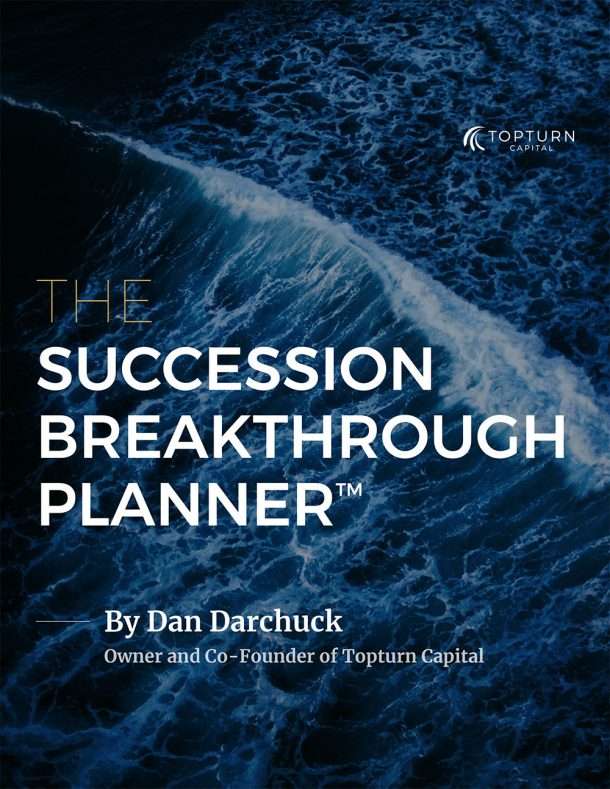In the long-running British sci-fi series, Doctor Who, a Time Lord travels throughout time and space in a time traveling ship called the TARDIS. The Doctor is able to travel backwards and forwards, observing and learning, and applying that knowledge to solve problems (or sometimes cause them – it’s television, after all).
As much as I wish we could somehow leap forward, and gather knowledge to make great investing decisions, such technology isn’t likely to be available anytime soon. Fortunately, however, we don’t need a TARDIS to look backwards, and learn.
Imagine it is the year 1999, and you’re about to retire. You have an estimated 25 years ahead of you. The market has been going gangbusters for years – you’ve made money, and you’re confident that you’ll be making more while you enjoy your life of retirement leisure. Over the long run, a 10% return seems completely feasible, especially since returns were easily higher than this in 1999. You pull the plug, sell your business, and wait for the money to roll in.
Except it doesn’t. Instead, from 1999 through 2009, the S&P 500 returned a negative 1%, annualized.
Your retirement plan – and even the sale price of your business – were all based on a rate of return that never materialized. Your portfolio, thanks to a combination of negative returns and your draws for income, has dwindled significantly.
What went wrong?
Since we don’t have the luxury of being Time Lords, we are often reliant on the past to tell us the story of what the future might hold. The decade previous to your imagined 1999 retirement demonstrated strong return, and built trust in the market. Everyone was making money, and very few people were paying attention to how the environment around them was changing. The decade that followed produced the exact opposite result and – as you and I know – many investors lost money.
Let’s say you stuck it out. You had enough padding in your portfolio, regardless of negative returns, to help you survive to this year, 2017. Over that 17 year period, the annualized returns were 4.438% – not quite so terrible, but still not the 10% you’d hoped for.
If you were 65 years old in 1999, you’re now pushing 82. The vast majority of your retirement, which was modeled on a double-digit return rate, has produced less than 4.5%. You’ve likely had to change your lifestyle expectations, your travel destinations, and your estate plan.
What if you retired later? Let’s say that you sold your business in that devastating year of 2008. Instead of following the herd, which fled markets and went to cash, you had the fortitude to invest heavily, even though everyone thought the world was ending.
You would have returned around 14% annualized between 2008 and 2017. The tide had turned, yet again. Trust has been rebuilt. Investing seems much, much easier, and returns in the double digits, much more attainable.
This isn’t to say that we’d use our ability to jump backwards to time the market. It is to say that you have to understand your environment, pay attention to the signals, and seek opportunities that others simply don’t see.
Half the battle, in some situations, is to have the strength to ride the stock market down – in 2008 as much as 50% – and stick with it. The other half of the battle can be removing your foot from the gas pedal right when everyone else is speeding towards the finish line … it takes a powerful will to avoid following the crowd down the rabbit hole, where they tell you that investing is easy, and the returns are great.
In the late 90s, regular people were day-trading and easily making money. In 2006, your next-door neighbor was a real estate genius. There are always times when it looks like it’s easy, but as any Time Lord knows, that’s when you have to be the most skeptical.
Investing in any market – whether real estate, securities, or your own business – requires a deep understanding of the environment where you are starting. Moving forward, there are signs that we may not experience the same kinds of returns in the upcoming decade that we have enjoyed in the past decade.
A strategy that allows you to be tactical, to understand when and how your money should be in stocks, should be in bonds, or neither, will increase your likelihood of success. Know why you own what you own, what would get you out, and what would cause you to buy more. It’s not about market timing – it’s about having an awareness of when to take less risk and when to take more in the assets that you own.
– Greg Stewart, CIO


